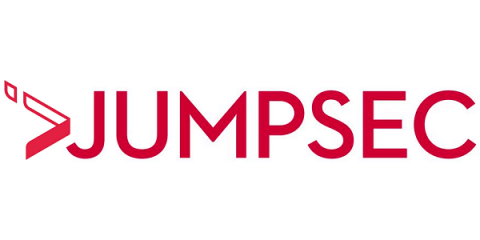Security | Threat Detection | Cyberattacks | DevSecOps | Compliance
Security
Device management blind to 125 percent increase in financial sector phishing attacks
As guardians of valuable monetary assets and highly sensitive data, financial institutions are the perfect target for cybercriminals. According to IBM, the financial services sector was the number one target of cyberattacks in 2020 among all industries. This means these organizations continue to be challenged and invest heavily in both people and technology to make sure they can withstand attacks of any type.
NSA offers advice: connecting OT to the rest of the net can lead to "indefensible levels of risk"
The US Defense Department and third-party military contractors are being advised to strengthen the security of their operational technology (OT) in the wake of security breaches, such as the SolarWinds supply chain attack.
Are bots threatening the travel industry in 2021?
In our recent webinar, Netacea’s Head of Threat Research, Matthew Gracey-McMinn, and Enterprise Sales Manager for Travel and Tourism, Graeme Harvey, were joined by Director of Spike Digital, Duncan Colman, to delve into the top bots and cybersecurity threats set to target the travel industry in 2021.
Top 10 DevSecOps best practices for building secure software
Ready to transition your organization to DevSecOps but unsure of where to begin? Get started with our top 10 DevSecOps best practices. By: Sneha Kokil, associate principal consultant, and Arvind Balaji, associate principal consultant, at Synopsys. While the software industry celebrates a decade of DevOps, there’s an increasing drive toward adopting DevSecOps and making security a part of software from early on.
Splunk SOAR Playbooks: Suspicious Email Domain Enrichment
Despite the myriad pathways to initial access on our networks, phishing remains the single most popular technique for attackers. The open nature of email and our reliance on it for communication make it difficult for defenders to classify messages, so it is no surprise that suspicious email investigation is a top use case for automation. Today, we are releasing a new community playbook for Splunk SOAR (previously Splunk Phantom) to help enrich suspicious email events.
Navigating Cloud Adoption Myths And Misconceptions
Cloud computing is the vehicle with which modern enterprise organisations drive their digital transformation initiatives. Cloud adoption provides an opportunity for organisations to progress their digital transformation initiatives, scale rapidly and develop their digital service offerings with reduced time and cost overheads, resulting in more agile and efficient working practices and increased value to customers.
Detect application abuse and fraud with Datadog
Protecting your applications from abuse of functionality requires understanding which application features and workflows may be misused as well as the ability to quickly identify potential threats to your services. This visibility is particularly critical in cases where an adversary finds and exploits a vulnerability—such as inadequate authentication controls—to commit fraud.
5 IT security strategies that you should think about as employees return to the office
Without a doubt, digital transformation accelerated amid the pandemic and made it possible for employees to work remotely. However, it also intensified the threat landscape created by malicious attackers who jumped on the first opportunity to attack the more vulnerable home networks. As remote working becomes the new norm, it is paramount to have an agile infrastructure and team for security. Companies need to manage and orchestrate appropriate remediation activities carefully.
Snyk uncovers malicious code activities in open source supply chain security on the npm registry
Open source helps developers build faster. But who’s making sure these open source dependencies (sometimes years out of development) stay secure? In a recent npm security research activity, Snyk uncovered a total of 8 npm packages which matched a specific malicious code vector of attack. This specific attack vector of the malicious packages included packages which had pre/post install scripts, which allowed them to run arbitrary commands when installed.











